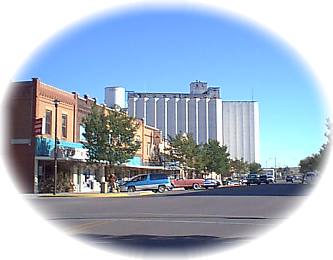
Prior to World War I, the United States was importing nearly a million tons of potash annually from Germany for use as fertilizer. Following the outbreak of war, potash prices rose due to a halt in the flow of imports. Several companies were chartered to extract potash from domestic alkali lakes in the Sandhills. Listed on the National Register of Historic Places, the ruins of the Antioch potash plants survive as reminders of the short-lived boom industry.
By 1918 five companies were in operation to extract potash by evaporating lake water in collecting the potash-rich residue. Major plant components included: solar or wind powered tower evaporators, concrete reservoirs, large steel steam evaporators, dryers, crushers, warehouses, railroad trestles, and a variety of shops and houses to provide for the needs of employees. By early 1920, Germany was once more selling potash to the United States for about one-half the cost of the domestic product. By the end of the year all Nebraska potash plants were closed and they never reopened.
